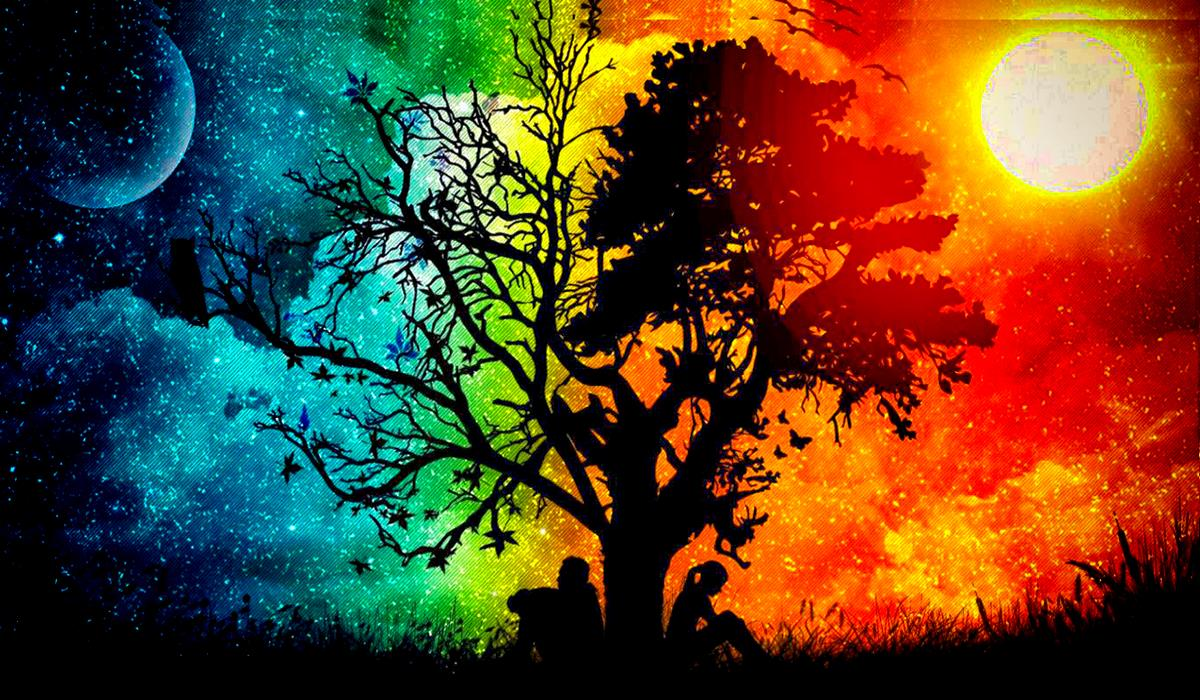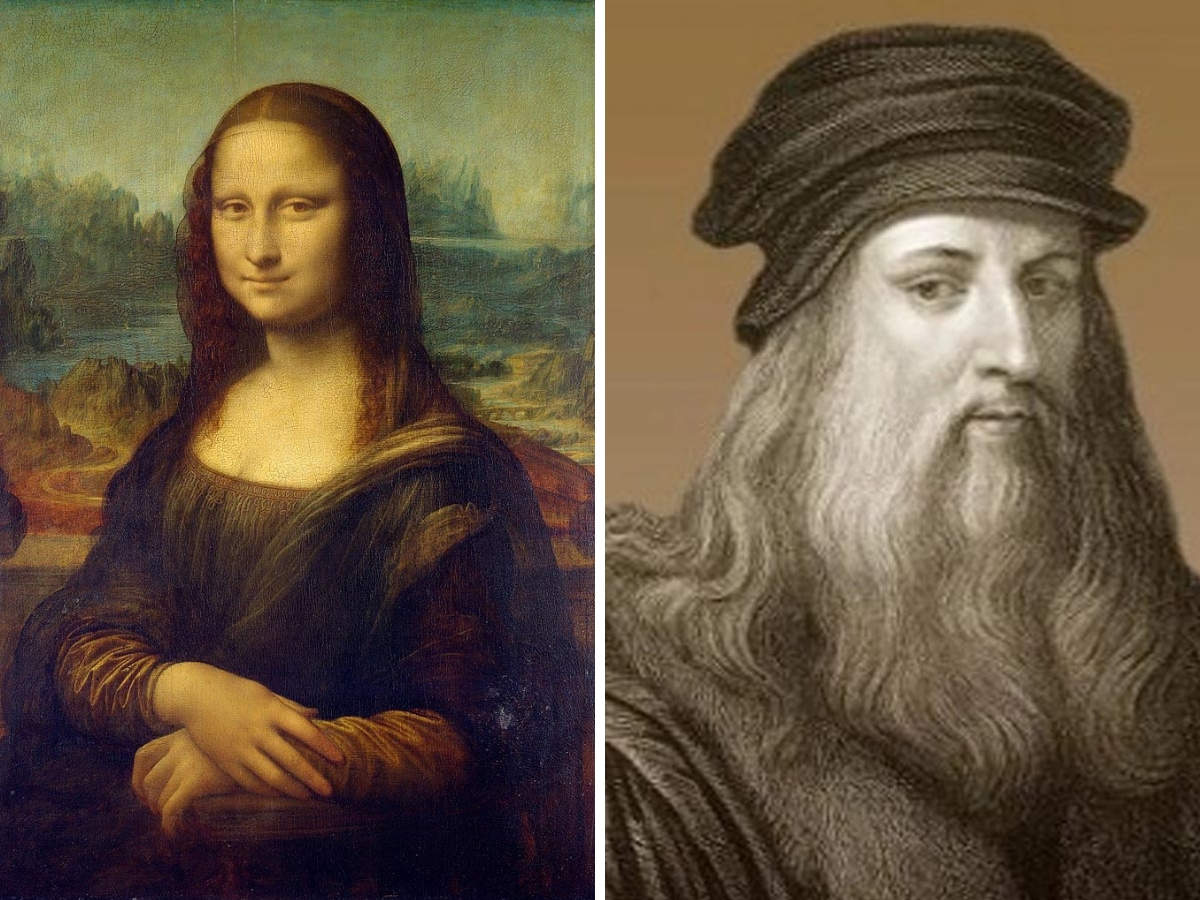Autumnal Equinox
The September Equinox marked the commencement of the Northern Hemisphere's meteorological fall season as well as the Southern Hemisphere's astrological spring season.
There seems to be autumn or harvest north of the equator during the Autumn Equinox.
The Latin terms equinox are drawn from 'aequus', which tends to mean "equal," and 'nox', which means "night."The seasonal equinox is commonly seen as a one-day event. It is, interestingly, a solitary point in time once the Sun passes the celestial equator, an imaginary straight line in the skies over Earth's equator. Equinox is a celestial event induced by the inclination of the Earth's axis as it circles all around the Sun. The Earth's axis is inclined at an angle 23.5 degrees off of its orbital plane on this day. Whereas the Northern Hemisphere celebrates the Autumn Equinox, the Southern Hemisphere celebrates the Spring Equinox.
The Spring Equinox, also known as the Vernal Equinox, arrives in the Northern Hemisphere around March 20 or 21. Equinoxes occur twice annually. Since the Earth's axis is inclined concerning the Sun-Earth planes, the Sun will shine irregularly throughout the Northern and Southern Hemispheres, resulting in seasons. Mostly on fall and spring equinoxes, even so, the Sun's rays spread nearly evenly both on Northern and Southern Hemispheres.
What happens on the autumnal equinox?
The Earth is precisely oriented sideways to the Sun during the first day of autumn in the Northern Hemisphere, i.e., the Sun would be directly overhead Earth's equator, traveling from north to south. Therefore as an outcome, over the planet, daytime and nighttime will be roughly similar in length. As per NASA solar researcher Mitzi Adams, a type of twilight would prevail at the North Pole from now start of fall equinox to sometime in October since the Sun would set just below the skyline in the weeks following the Autumn Equinox. Only after Autumn Equinox, the Northern Hemisphere will see early sunset & delayed sunrises.
The Aurora Borealis is a stunning display of colorful lights throughout the evening sky. The Autumn Equinox is the best time to see the Aurora Borealis, also known as the Northern Lights. It's due to the fact that geomagnetic storms occur twice as prevalent as the yearly average. Owing to the Earth's inclination angle, solar storms or plasma ions are easily capable of reaching Planet's surface around the equinox, but then this basic intervention results in the largest geomagnetic storms. Plasma particles react with molecules, of oxygen, nitrogen, and some other elements present in the air, releasing photons of various wavelengths, resulting in the stunning hues of aurora.
What is the difference between equinox and Solstice?
The equinox, as well as solstice, symbolize the Earth's passage across the seasons. Due to the obvious Earth's fluctuating distance from the position of the sun, the 4 seasons - winter, spring, summer, and fall - emerge. The equinox occurs once daytime & nightfall are roughly the very same duration, whereas the solstice occurs on the longest & shortest days in regards to the sun's luminosity. In the Northern Hemisphere, the equinox happens twice per year, in fall and spring. It is the moment when the plane of the Earth's equator runs through the center of the length of the sun's disc. The autumn equinox signals the beginning of fall when the night gets lengthier than the day. This normally happens around September 22nd.
Summer & winter seasons are marked by the solstice. It is the juncture within the sky where the sun achieved its maximum or lowest peak around noon. This is the lengthiest & smallest day of the year. The spring equinox normally occurs around March 20, signaling the start of astronomical spring, where days become lengthier than nights in regards to illumination. The solstice happens twice annually, but only in the summers and winters. Summer solstice, the longest day of the year, comes roughly around June 21 in the Northern Hemisphere. The northern hemisphere is inclined towards the sun throughout this season, giving in more sunshine and higher temperatures. The sun is at its lowest setting at the winter solstice.
How long does the autumnal equinox last?
The timing of the equinoxes, as well as solstices changes since every year in the modern calendar, doesn't precisely equal the duration of the tropical year, i.e. the time it would take the Planet to finish one circle around the Sun. Throughout 1793 and 1805, the Autumn Equinox announced the successful commencement of each new year, per the French Republican Calendar. It's due to the fact that the French empire was abolished one day before the equinox in 1792. From 1793 through 1805, the new year started once the fall equinox passed at the Paris Observatory. The full Moon closest to the fall equinox is traditionally referred to as the "Harvest Moon."
The autumnal equinox occurs when the Sun traverses the equatorial axis from north to south; the vernal equinox occurs whenever it traverses from south to north. Days grow smaller than nights just after autumnal equinox when the Sun rises fairly late and dusk approaches sooner. This concludes with the December solstice, once the days begin to lengthen again. Every year, there seem to be two equinoxes: the spring equinox around March and the autumnal equinox around September. As a result, this occurrence repeats every six months. These signal the start of fall and spring.
When does the autumnal equinox occur in the southern hemisphere?
The March equinox is known as the autumnal equinox throughout the Southern Hemisphere, whereas the September equinox is known as the vernal equinox. In the southern hemisphere, March Equinox commemorates the first day of autumn, hence Fall or Autumn Equinox. Spring Equinox occurs on September Equinox, the first day of spring. The sun swaps edges of the planet from the southernmost to the northern hemispheres at the March equinox. As a result, the March equinox is often referred to as the Northward equinox.
The sun, on the other hand, swaps sides of the planet at the September equinox, from the northernmost to the southern hemisphere. As a result, the September equinox is often referred to as the Southward Equinox. The March vernal equinox, also known as the spring equinox, happens on March 20th in the Southern Hemisphere. This could, meanwhile, take place between both the 19th and the 21st of December. It is worth noting that the hemispheres experience the equinoxes on various dates depending on their time frames. They do, conversely, happen at the same time.


Comments
Post a Comment